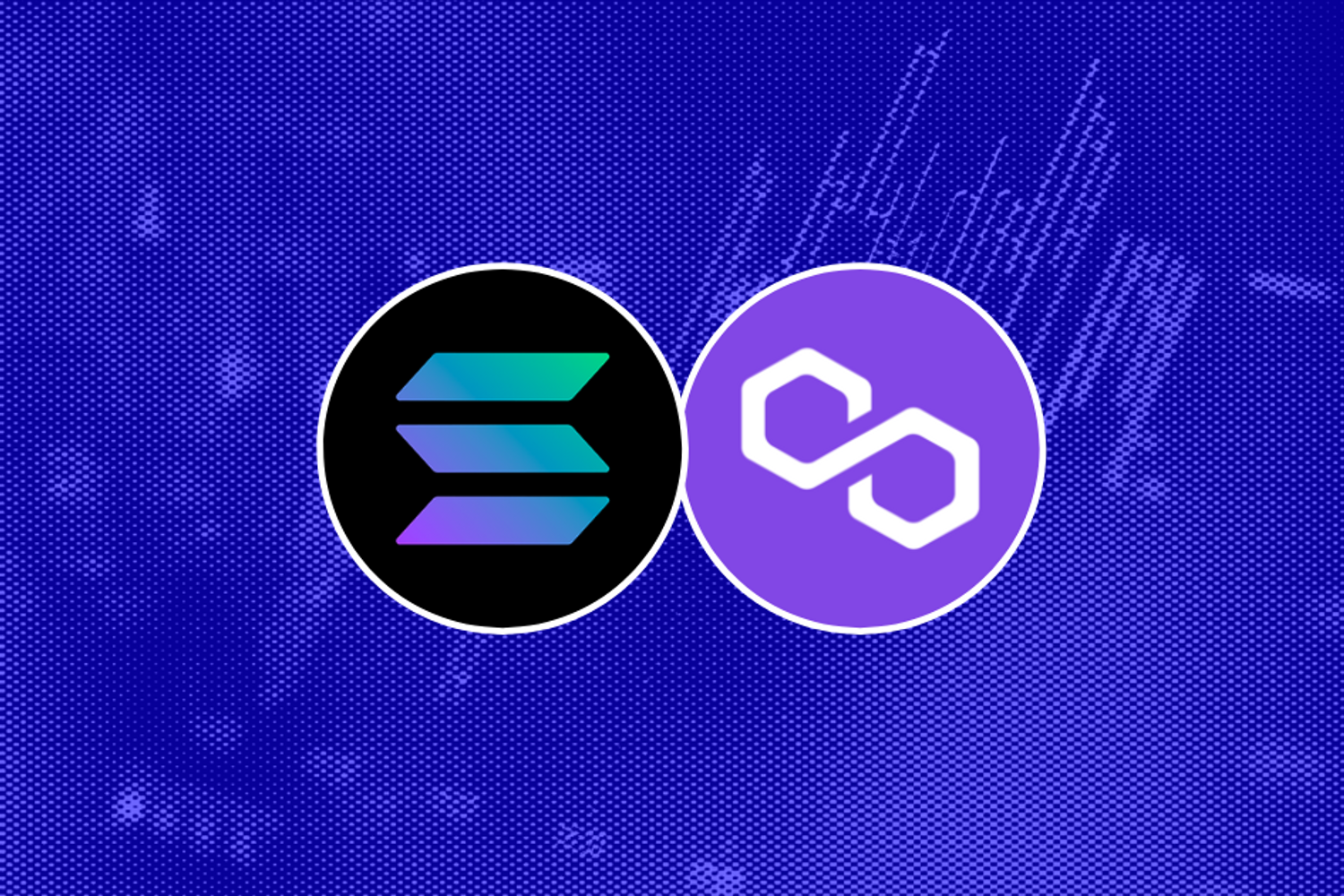
Solana Is More Profitable Than Polygon
In recent developments, Solana, a high-performance, permissionless blockchain, has started generating more transaction fees than Polygon, a scaling solution for Ethereum. This trend is notable, given that it indicates a shift in user preference towards a more cost-efficient and speedy protocol.
- Published:
- Edited:
In recent developments, Solana, a high-performance, permissionless blockchain, has started generating more transaction fees than Polygon, a scaling solution for Ethereum. This trend is notable, given that it indicates a shift in user preference towards a more cost-efficient and speedy protocol. This shift is further evidenced by the down-trending pattern observed in Polygon for over a month, indicating a possible decline in its user activity.
Understanding Blockchain Transaction Fees
Before we delve deeper into the comparison, it's crucial to understand what transaction or gas fees are. They are essentially the cost that blockchain protocol users pay to network validators each time they wish to perform a function on the blockchain, such as sending tokens or interacting with a smart contract.
Gas fees serve as an incentive for network validators to record transactions accurately and uphold the integrity of the protocol. While the term "gas fee" is commonly used in Ethereum and Polygon's context, other blockchains like Solana and Bitcoin use the term "transaction fees". The use of the term “gas” comes from the fee’s similarity to the fuel which keeps a vehicle running.
Solana versus Polygon
Polygon has been widely adopted for its scalability solution to Ethereum, especially when Ethereum gas fees have been on the high side. Polygon provides a framework for building and connecting Ethereum-compatible blockchain networks. It has made a significant contribution to reducing Ethereum's load and subsequently the transaction fees. However, despite its edge, it seems that the tides are turning.
SOLANA VS POLYGON
— Step Data Insights (@StepDataInsight) May 25, 2023
Solana is generating more fees (paid by users) than Polygon.
Polygon has been down-trending for over a month. pic.twitter.com/pLO44fogvw
In the face of increasing transaction costs on Polygon, Solana appears to have emerged as a more attractive option for users. Solana's rising transaction fees suggest an uptick in its user activity and on-chain transactions. With a block time of 400ms and the capacity to handle 50,000 transactions per second (TPS), Solana presents a compelling option for users seeking cost-efficiency and speed.
It is noteworthy that Solana's transaction fees are not reflective of a high cost per transaction but rather an accumulation of a large volume of transactions processed. In fact, Solana's design keeps transactions costs low despite the high volume, making it a highly attractive platform for users and developers.
Implications
The recent trend of Solana generating more transaction fees than Polygon indicates a growing preference for Solana's blockchain protocol. It is a testimony to Solana's technical excellence, characterized by high throughput and low fees.
However, it's essential to remember that the blockchain industry is highly dynamic and continuously evolving. As Ethereum 2.0's development progresses and Layer 2 solutions continue to mature, the landscape may undergo significant changes.
Moreover, the choices of developers and users are influenced by various factors, including network security, decentralization, and the richness of the ecosystem. Hence, while Solana's current performance is commendable, the race is far from over.
As the crypto space continues to evolve, the balance could tilt in any direction. It will be interesting to observe the strategies adopted by both platforms in the coming days to sustain and enhance their respective positions.
Conclusion
In conclusion, the rise in Solana's transaction fees compared to Polygon's is an intriguing development. It underscores Solana's increasing popularity and potential to be a major player in the world of blockchain. It serves as a reminder of the continuous evolution of the blockchain and crypto spaces, emphasizing the need for adaptability, innovation, and user-centric design.


